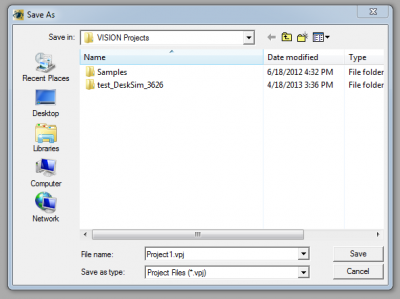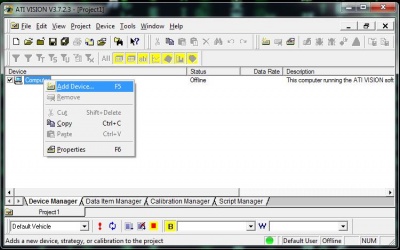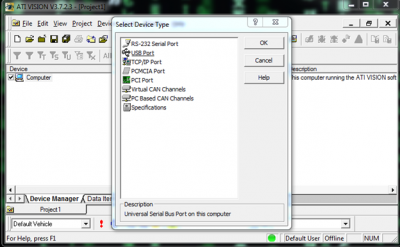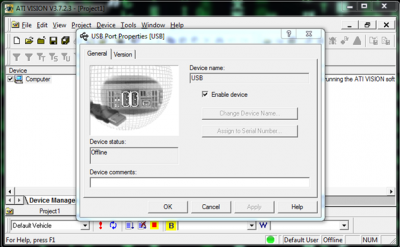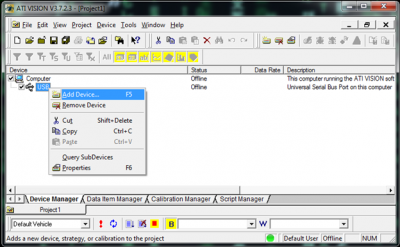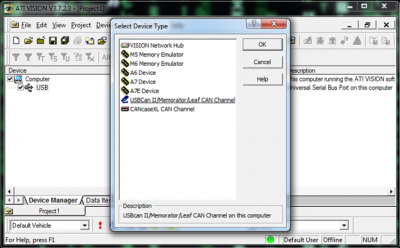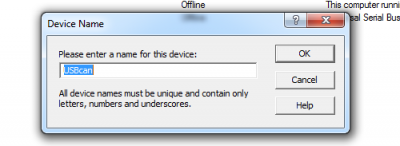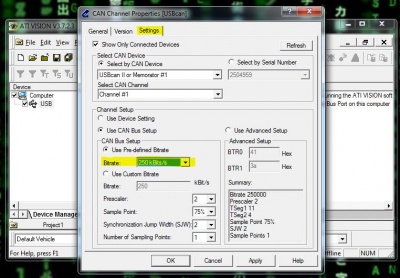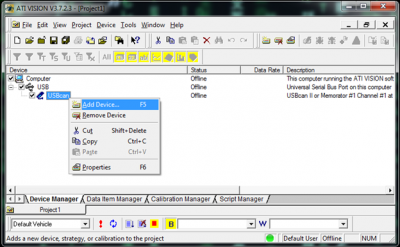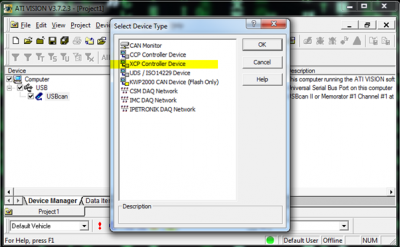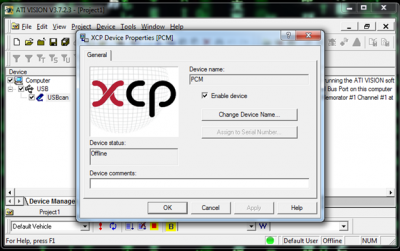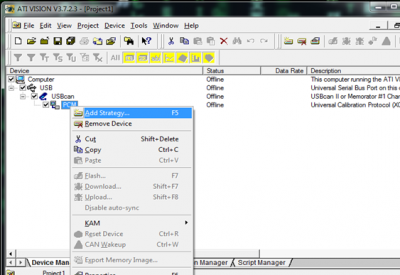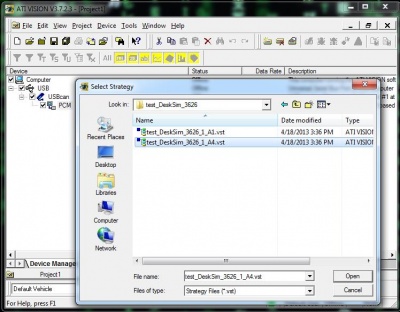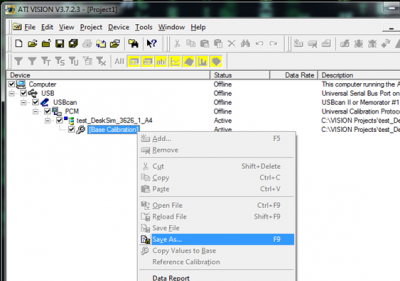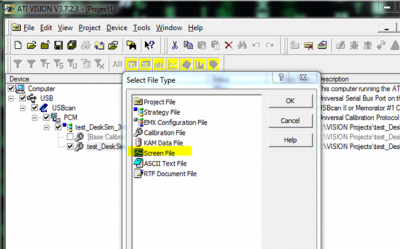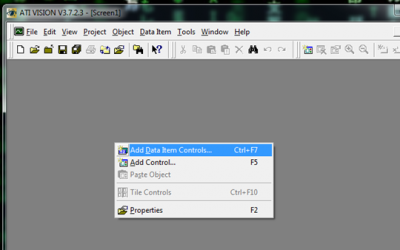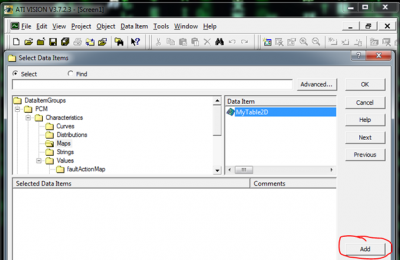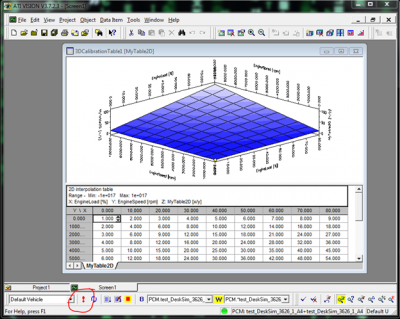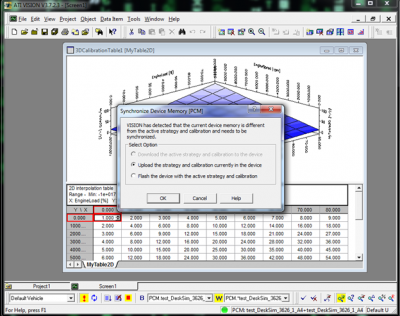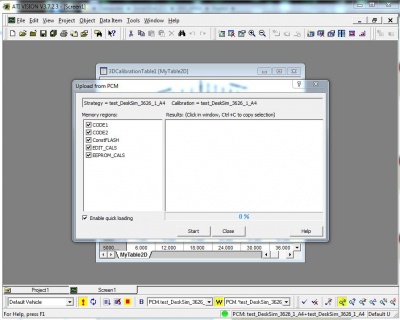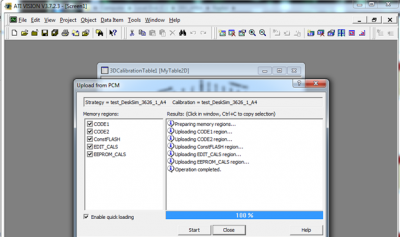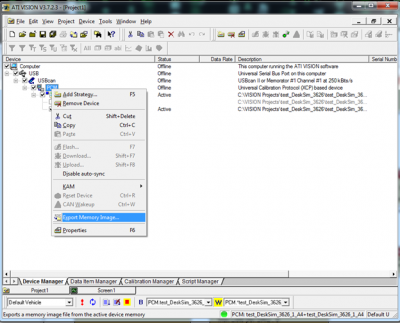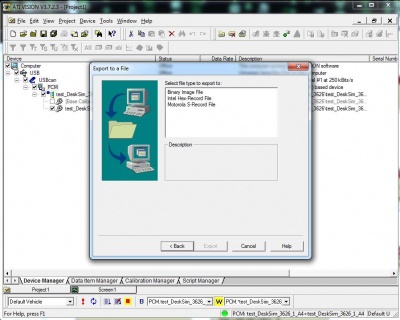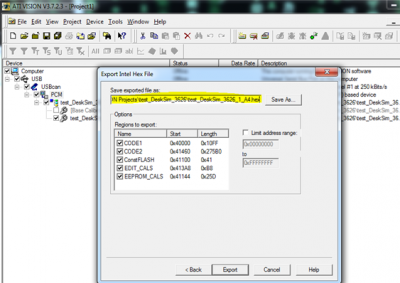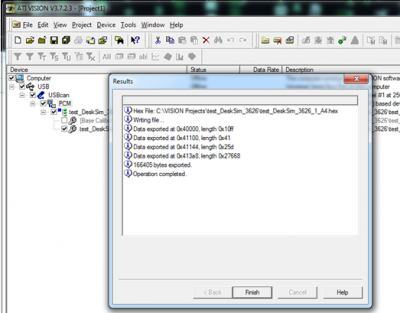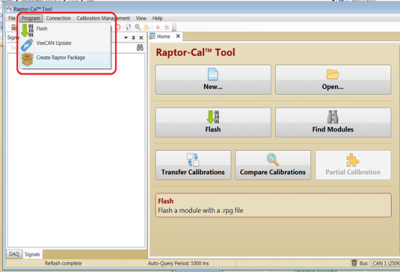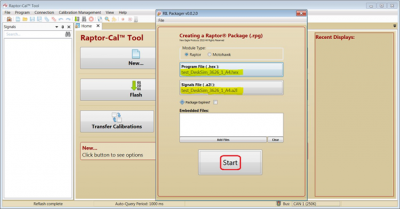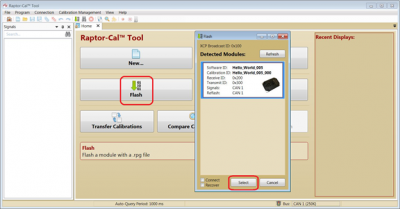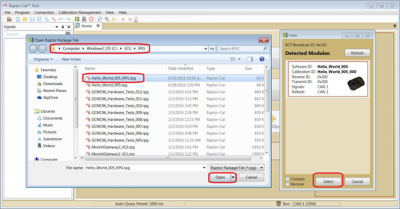Using ATI Vision with Raptor: Difference between revisions
Jump to navigation
Jump to search
m (moved Raptor-Dev-ATI-Vision-Support to Using ATI Vision with Raptor: Update to user manual title on June 2016) |
|||
| Line 2: | Line 2: | ||
=ATI Vision= | =ATI Vision= | ||
The following information is also contained in PDF format: [http://www.neweagle.net/support/wiki/ProductDocumentation/Raptor/Raptor-Dev/Using_ATI_Vision_with_Raptor.pdf Using ATI Vision with Raptor (PDF)] | |||
This information is also included in the 'Documentation' folder of the installation directory for Raptor-Dev. | |||
==Online Calibrations== | ==Online Calibrations== | ||
Revision as of 16:03, 23 March 2018
ATI Vision
The following information is also contained in PDF format: Using ATI Vision with Raptor (PDF)
This information is also included in the 'Documentation' folder of the installation directory for Raptor-Dev.
Online Calibrations
While New Eagle's Raptor-Cal offers the most integrated support of typical calibration methodology workflows, we understand that you may already be familiar with a particular third-party calibration tool. As a result, Raptor-Controllers and Raptor-Displays support the industry standard XCP protocol, available in common calibration tools.
- Open ATI Vision and select 'File->New...->Project File'
- Name the project file
- Right click on 'Computer', then click 'Add Device...'
- Select 'USB Port'
- Click 'OK'
- Right click on 'USB', then click 'Add Device...'
- Select 'USBCan II/Memorator/Leaf CAN Channel' or your CAN adaptor
- Enter a name and press 'OK'
- Select the 'Settings' tab and enter the appropriate baud rate
- Right click on your adaptor (USBcan), then click 'Add Device...'
- Select 'XCP Controller Device' and then the name of the device in the subsequent dialog and press 'OK'
- Press 'OK'
- Right click on your XCP device (PCM) and click 'Add Strategy...'
- Navigate to 'C:\Vision Projects\<ModelName' and select the strategy file you want to use
- Right click on '[Base Calibration]', then 'Save As...' and save a copy
- You must create a copy in order to edit calibrations
- Select 'File->New...' then 'Screen File'
- When the new screen file opens, right click in the background and select 'Add Data Item Controls...'
- Select and add the items you would like to display
- Press the '!' button near the bottom left to go online
- Press 'Upload the strategy and calibration currently in the device' to pull the values from the ECU
- Proceed to upload by pressing 'Start'
- When the upload is complete, press 'Close'. You are now online
Merging offline Calibration Changes
- Once you have made offline changes or opened your calibraion file, right click on the ECU device in the tree (PCM), then 'Export Memory Image'.
- Select 'Intel Hex-Record File'.
- Choose a location and save the file with a .hex extension.
- Click finish
- Open New Eagle's 'Raptor-Cal'
- See Raptor-Cal for more information
- Click 'Program' > 'Create Raptor Package'
- Click on 'Program File (.Hex) and navigate to your new .hex file with offline calibration
- Click 'start'
- Save the .rpg file created
- Close the Raptor Package program
- Navigate to the 'Raptor-Cal' homepage and click 'Flash'
- Once the module (ECU) has been detected, click 'Select'
- Navigate to C:\ECU\RPG and open the .rpg file saved from using the Raptor Package program
- Once the file is opened, it will automatically flash the ECU with offline calibrated changes
